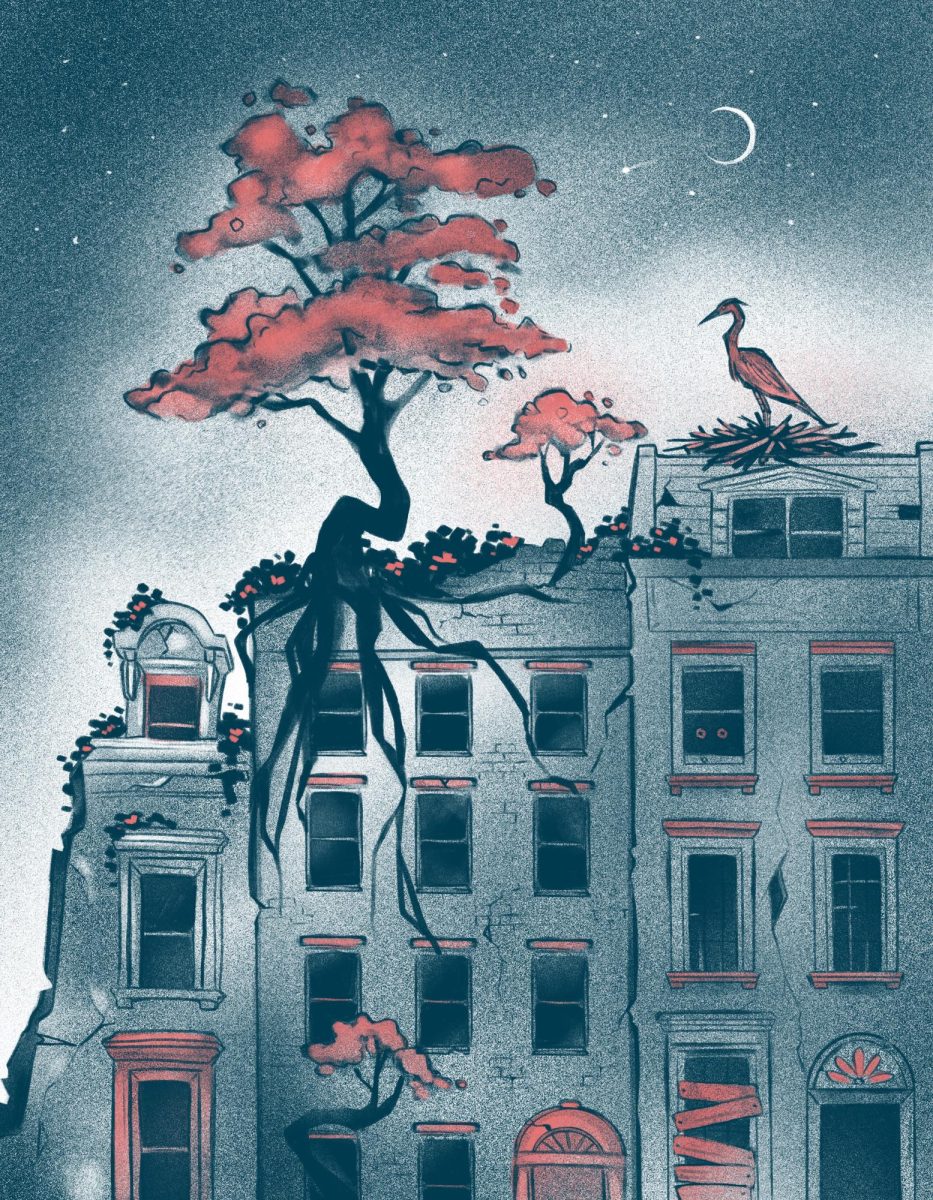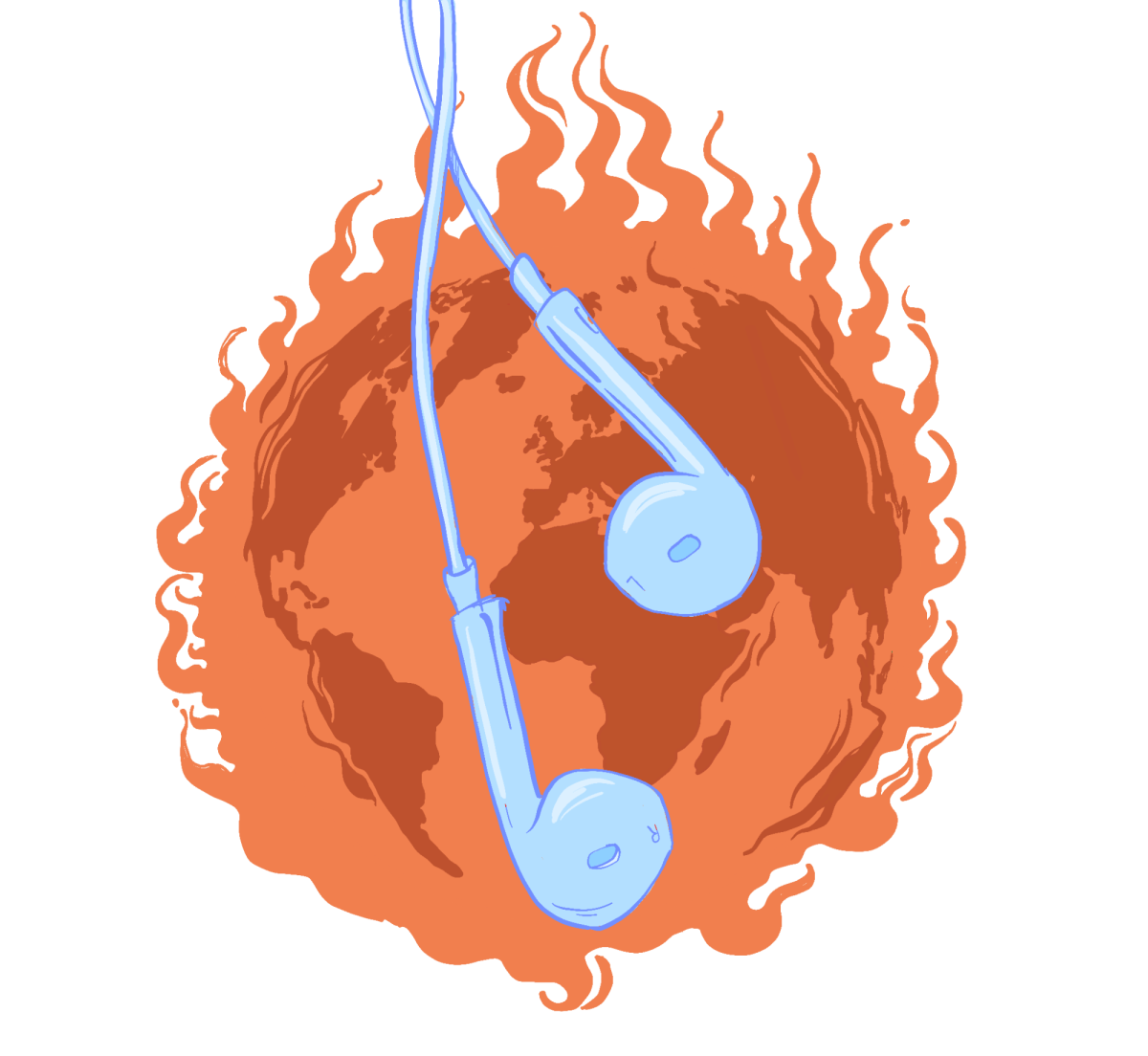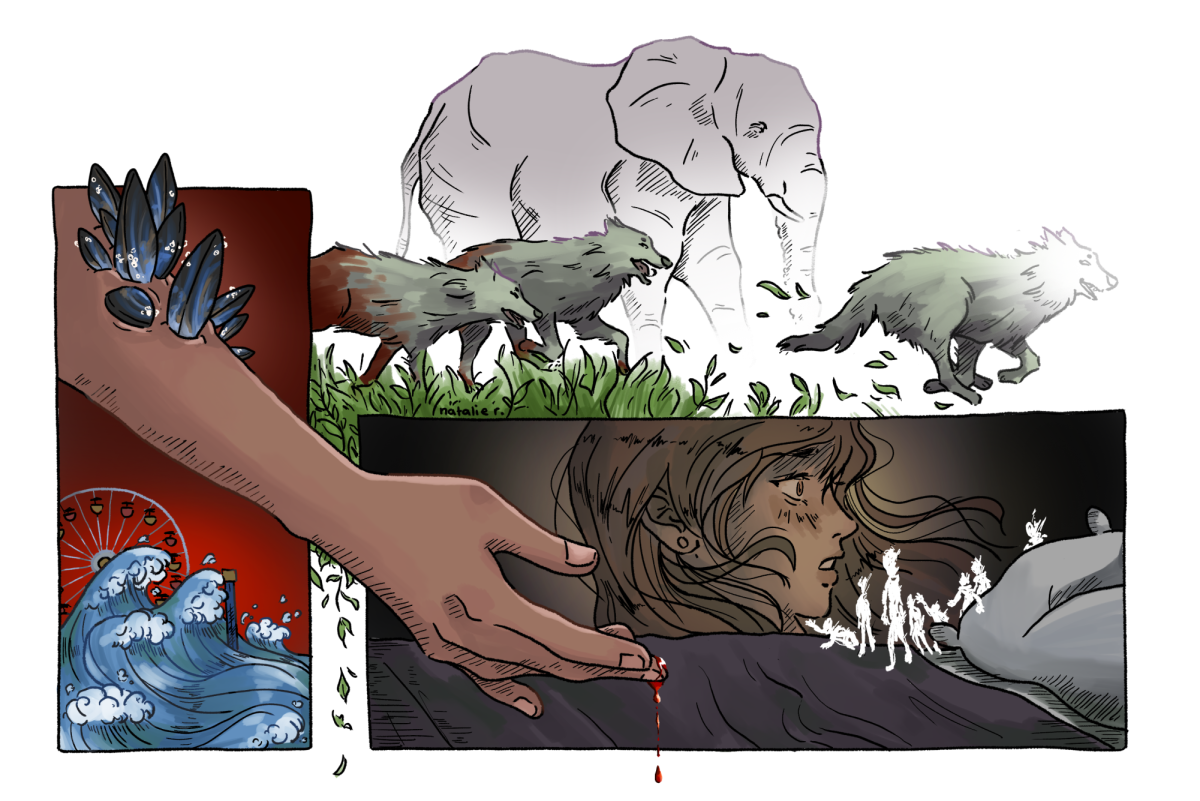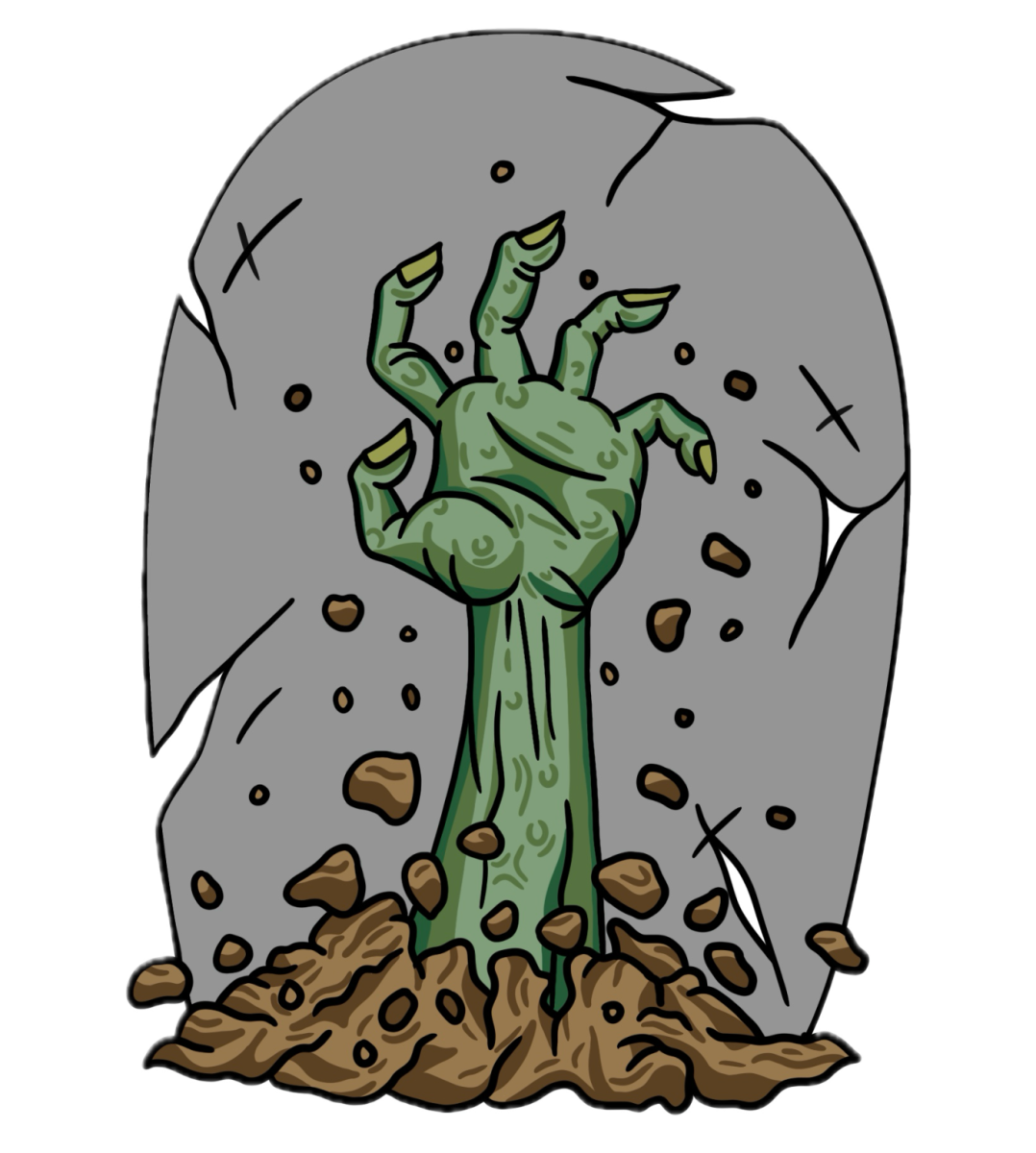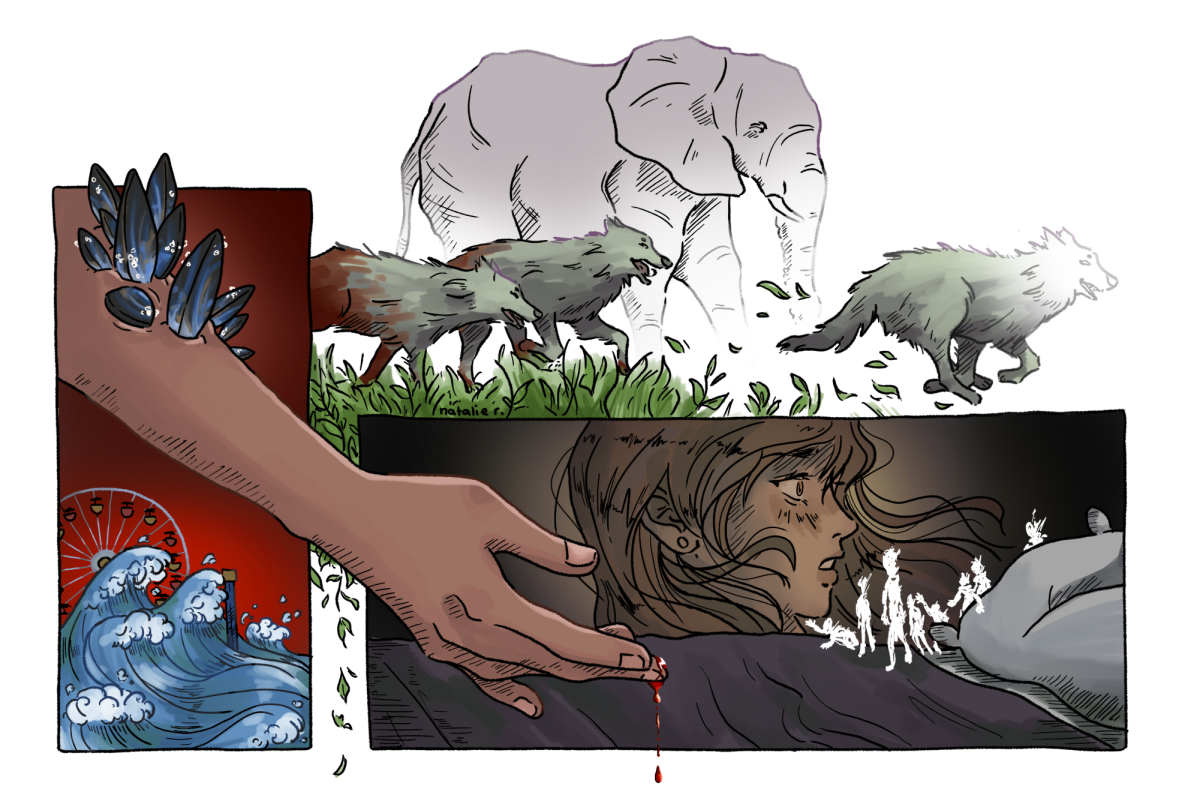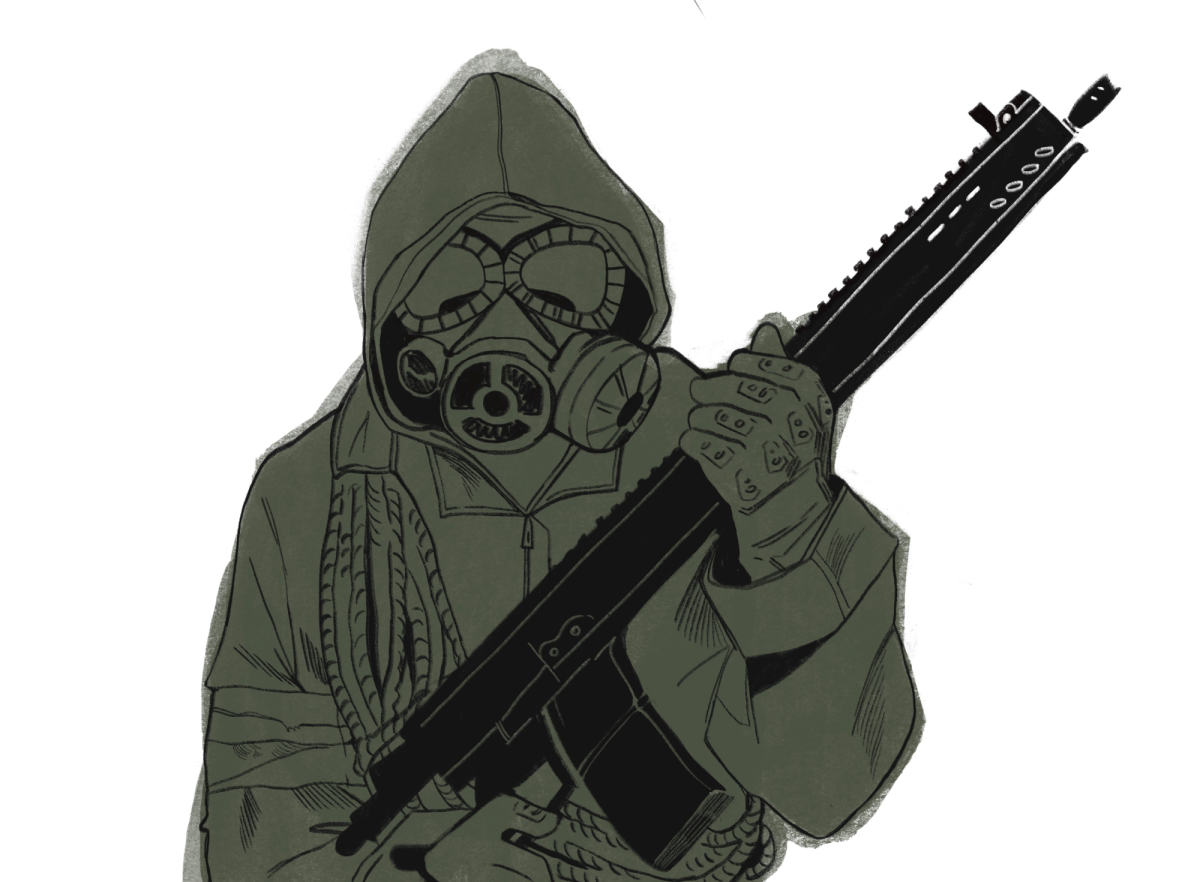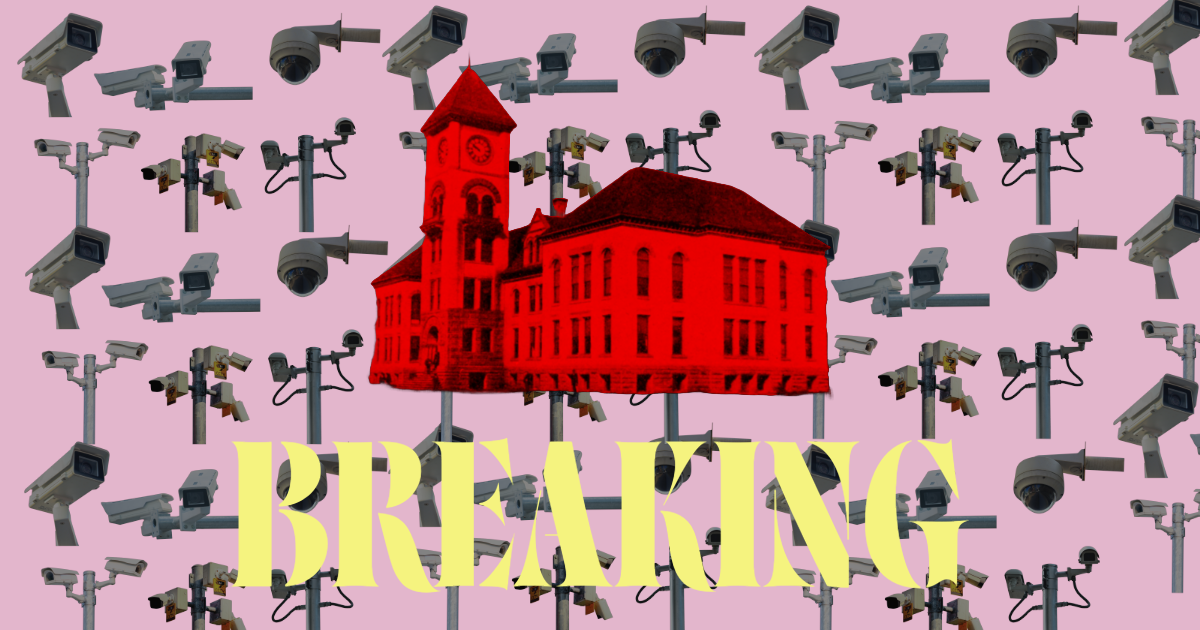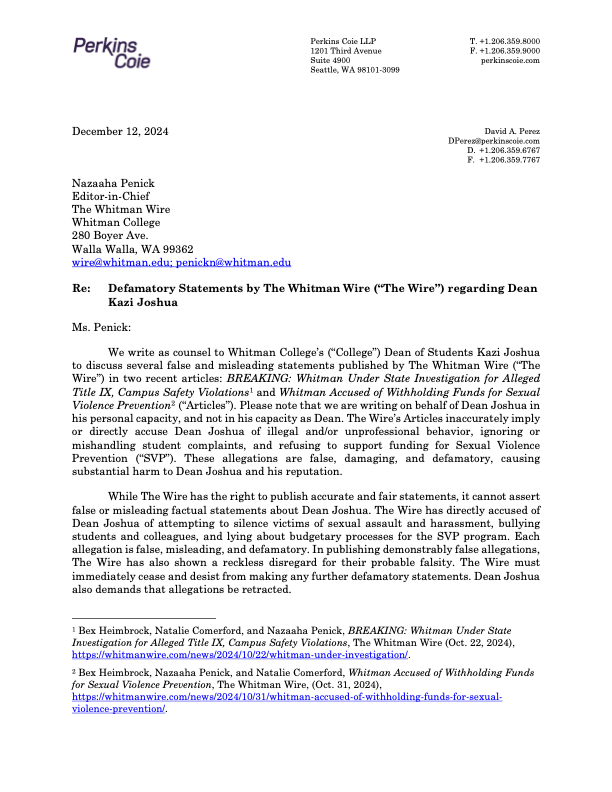Heritage Square Park, the small park near the corner of Main Street and Colville Street, has long been maligned as a center for street crime and a spot for Walla Walla’s homeless to crash. This summer a number of Walla Walla community members, including some Whitman students and faculty, looked more closely at the park’s regulars and their relationship to the outside community.

The study, published on Jan. 12, was conducted throughout the summer and early fall by Duane Wollmuth of the Walla Walla Valley Wine Alliance and Elio Agostini of the Downtown Walla Walla Foundation. Wollmuth and Agostini enlisted the help of other interested Walla Walla organizations as well as three Whitman sociology students supervised by Peterson Endowed Chair of Social Sciences Keith Farrington. It examined both the demographics of the park’s various occupants and the reactions of tourists, residents and business owners to their presence.
The study came in response to ongoing business owner complaints and residents about the park’s regulars. Some believed their presence negatively impacted business in the area; others felt threatened by or uncomfortable with some park visitors.
“I supervised a thesis over 10 years ago on this very same issue. I’m supervising a thesis now on it,” said Farrington. “So it’s been an issue that’s been around for at least a decade, and it was every bit as politically charged … back in that earlier period [as] it is now. It’s been going off and on in that same park for quite some time.”
Senior Alex Kempler is the author of that thesis. She worked on the study in September and is now interviewing business owners on the topic as a part of her related but unaffiliated thesis. Kempler worked largely on merchant surveys.
“We asked questions like ‘Do you think Heritage Park is creating a negative image for Walla Walla?’ or ‘Do you think there’s a financial impact of Heritage Park on your business?’ –– things like that,” said Kempler. “It’s a lot of work doing those kinds of surveys because you’re trying to reach a lot of people, and it’s not the easiest thing in the world. You have to be really persistent.”
Homelessness
While the park’s occupants are frequently referred to as homeless or transient, the study paints a more complicated picture. While many of the park’s frequenters have no fixed address, some live on their own or with family members.
“It’s really kind of a combination of folks. It’s not just homeless people, or at least homeless people as we typically think about them,” said Farrington. “It’s an interesting conglomeration of a lot of different folks who seem to share in common the fact that some of the ‘respectable’ people in town, and some of the business owners in particular, are really bothered by their presence.”
The 24 occupants interviewed included 10 minors who were given separate sets of questions. Perhaps the most notable difference is that the minors surveyed were asked if they used the park to charge cell phones, while adult occupants were not. All 10 cited cell-phone charging among the reasons they used the park. Teenage occupants were also less likely to be homeless than their adult counterparts: 40 percent reported living with a parent or guardian and 20 percent regularly slept at the homes of friends, while only 21.4 percent of adult occupants reported living either in their own house or apartment or with friends or family.
Crime
The study also examined crime in the area of the park. By consulting incident reports from the Walla Walla Police Department, the authors discovered that Heritage Square saw several times as many police actions as the two locations they sought to compare it with: Crawford Park (on Main Street and 4th Avenue, next to the farmer’s market) and the intersection of 1st Avenue and Main Street. Observers also documented crime they noticed in the park, which often exceeded police reports by a wide margin. The study reports 47 instances of drug and alcohol use, for example, while only three police reports were filed in the same period.
Still, many other perceived criminal activities are shown in the survey to be practically nonexistent. Neither the police nor those working on the study, for instance, noted any instances of verbal or physical intimidation or harassment. Brooke Bouchey, who worked on the study on behalf of the Blue Mountain Action Council, says that unfamiliarity creates an incorrect perception of hostility between occupants and passerby.
“I don’t really like … the gap between the ‘haves’ and ‘have-nots’ in this community, and I feel like we had a lot of ‘haves’ that were imparting their fears and their perceptions that weren’t accurate,” said Bouchey. “I think that this research … really showed that it wasn’t accurate, that there are still things that happen down there that are illegal, but that they also happen all over town and it’s not just isolated to that area.”
Bouchey also notes that while some drugs were generally given a pass in the park, notably marijuana, others, such as methamphetamines, were highly discouraged by occupants.
“The two times that I witnessed [methamphetamine use], people in the park walked up and said, ‘Not here, man’ … So I did get the sense that at least that was not a publicly accepted act,” said Bouchey. “It’s funny to me that this has come up because it seems to me that about five, six years ago it was worse. I remember taking my kids and there being syringes on the actual slides. I didn’t see any of that … this last summer when I spent time there.”

What’s next
Heritage Park has already seen some changes in the past several months. Its playground was removed in late January in response to one of many recommendations made in the study. These recommendations also included ideas to widen the park’s use, deter crime and provide services to occupants in need of them.
In Bouchey’s view, the study has already begun to create positive change as dialogue surrounding its findings spreads.
“This is a pretty rich town. It really is, and I think that a lot of people in the community suddenly saw that our priorities are pretty screwed up,” said Bouchey. “That’s a good thing to me. I mean, even though it hasn’t been resolved, it’s out there at least, and people are starting to think about it and finding different ways to get involved.”


